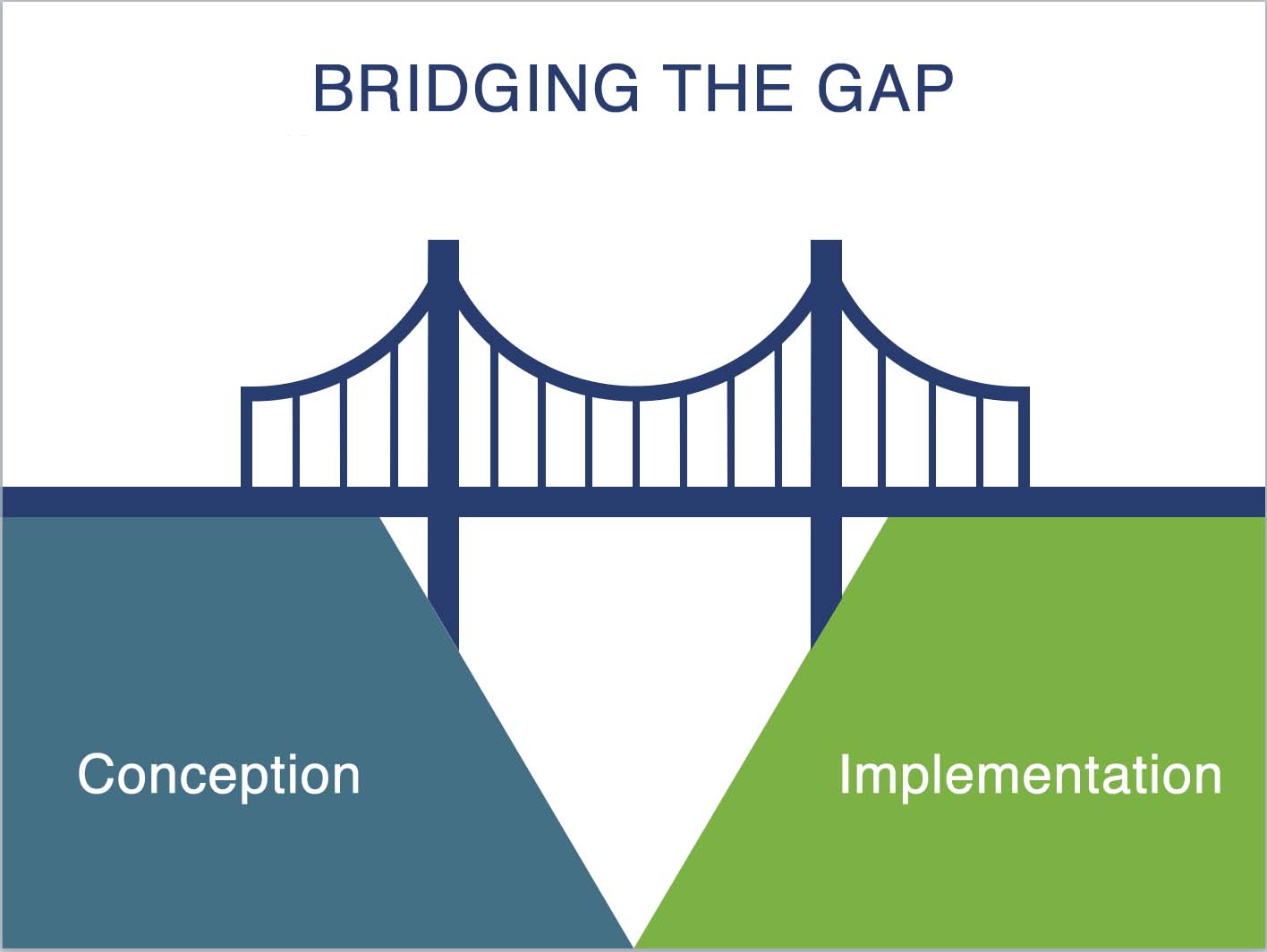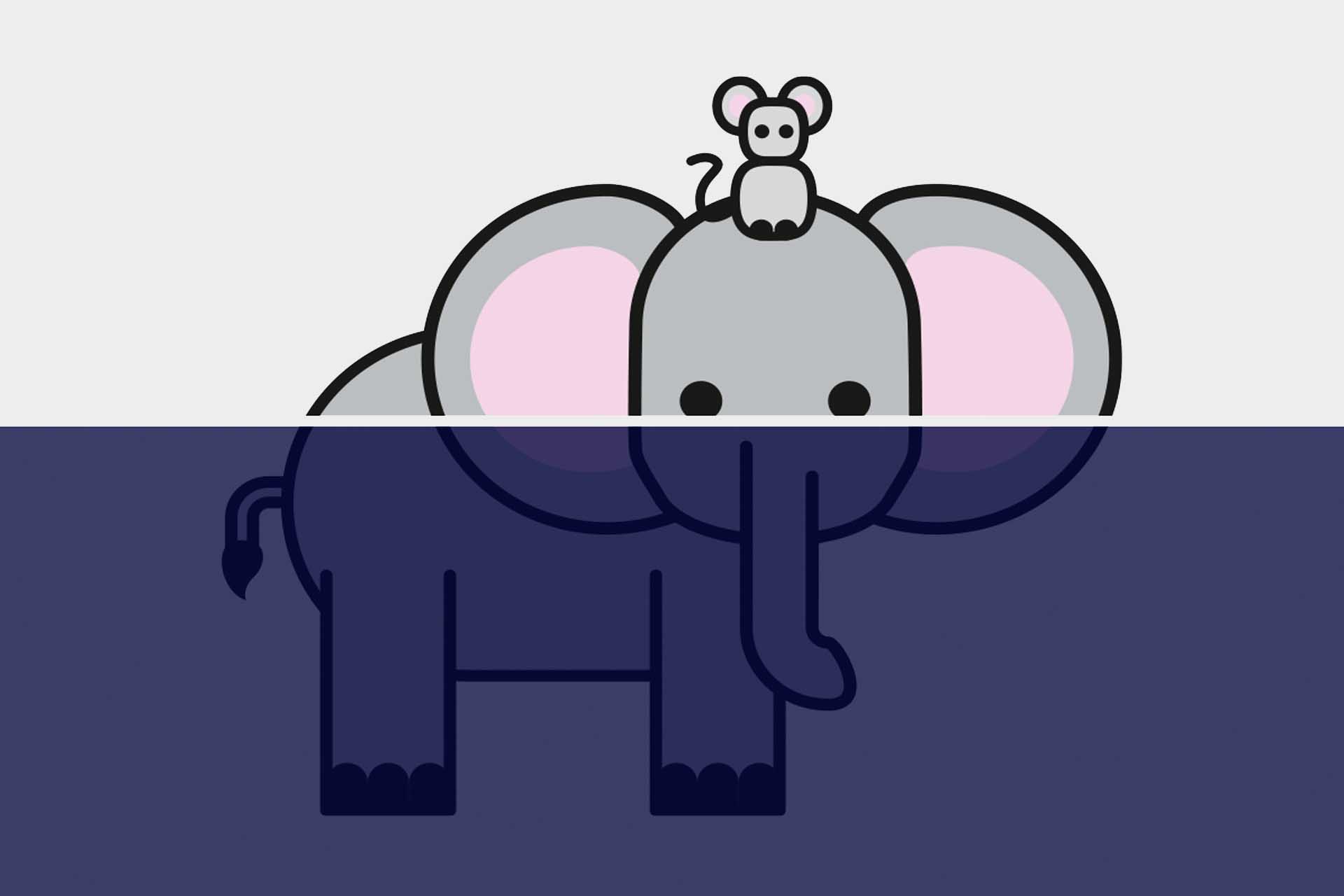Clear the way for a positive user experience
Which products or software applications do you really enjoy? Where does the use become a real experience for you? Or the other way round, which product really gets you going?
When I asked myself these questions in preparation for this article, I was on my way to the office by bicycle. I have ridden this routine route several times before and it has been a good cycling experience for me so far: little traffic, separate cycle path, hardly any traffic lights, shady on the way there, well lit in the dark… You could say: after several iterations I had designed a good route for myself on which I felt safe and reached my destination quickly. But this time everything was different. Over my days off, the city had suddenly changed the cycle path into a new parking area. But at the entrance the path was still there and as passable as before, only a few meters later the first car parked across the former cycle path. So I braked hard and realised that something was going against my needs… so this was not a good experience.
With this little introductory story you can already get an idea of the principles of user experience design, which this article is about. But let’s start with the basics first.
What does user experience mean?
Since the term user experience has been used in a rather inflationary way in recent years, there are various attempts to define it. Most of these attempts are heading in a similar direction, but they are not particularly selective with regard to other disciplines such as usability. The term is even defined and delimited in a separate ISO standard (DIN EN ISO 9241). According to the standard, the term “user experience” includes all expectations, subjective perceptions and reactions that a user experiences before, during and after use. The entire path a user takes with regard to a product or service is considered or, in other words: “It’s the total experience that matters. And that starts from when you first hear about a product… experience is more based upon memory than reality. If your memory of the product is wonderful, you will excuse all sorts of incidental things”. (Donald Norman)
Send the “user” on an expedition that leads him to his destination
User Experience Design pursues the goal of designing positive user experiences systematically and “end-to-end”. The basic prerequisite for this is that the expected psychological needs of the user are met by means of the use, such as security, social interaction, popularity, knowledge, entertainment.
Due to the holistic perspective, user experience design is not an independent design discipline, but rather, depending on the project, different design disciplines work together. Closely linked to the user experience design of digital products are, for example, disciplines such as service design, information architecture, user interface design, visual design and data visualisation. In addition, usability (or “fitness for purpose”) also plays an important role, measuring how effectively, efficiently and satisfactorily the user can achieve his or her goals with the help of the product.

The consequences
Let’s look at the initial story from this perspective again: In this case I am a user (cyclist) of the product (cycle path). I started out with a certain expectation, which is shaped by previous uses. In addition, “safety” is a strong basic need I have for the product. As a result of using the product, my expectations and needs are not or insufficiently met. This experience influences me not only in the further course of use, but also after I have already reached my goal and am no longer in interaction with the product. The result: I tell others about my negative experiences and even write about them in an article.
In this simple example, there is probably no consequence for the provider (the city), but if we transfer the same mechanism to a product that has to compete in the market, a negative user experience can have serious consequences. And not only in the B2C sector! Even in B2B applications, end users are stakeholders in the decision process for or against a product. In addition, factors such as increasing support costs or lack of trust can lead even existing customers to look for alternative providers.
Keeping an eye on everyone
That’s enough of the doomsaying. The “art” of User Experience Design lies in achieving the opposite: To inspire the user so that he or she associates positive emotions with the product, which he or she becomes aware of even when not using it. To do this, it is important to look at the entire course of the “user journey” and the various players along the way. In my example, if someone had taken a holistic approach to product redesign (parking spaces instead of cycle paths) in order to systematically create a positive user experience, it could have looked like this: Before the decision is made, the initial situation is analysed. Three user groups with different needs are identified: car drivers want more parking spaces, pedestrians want to be safe on the sidewalk, but cyclists often deviate from the adjacent cycle path onto the sidewalk. Cyclists, on the other hand, consider the cycle path to be too narrow, as no mutual overtaking is possible, but are in conflict with car drivers on the narrow road. Thereupon, different solution scenarios are developed and finally the decision is made to mark the road as a bicycle road and to convert the former cycle path into parking areas. Through meaningful signposting, the structural change is clearly communicated to all road users.
I suppose this solution is not much more complex to implement compared to reality, but with the crucial difference that care was taken to consider all users equally in order to create a good experience for all.
First steps towards a positive user experience
Conclusion: It pays to ensure a positive user experience. In the end, the implementation effort does not have to be much greater than with standard solutions. If you want to start improving the user experience of your product right now, I have summarised the most important steps to start with.
Collect knowledge:
Which requirements or problems (needs & pains) do the end users have? Which basic needs should be fulfilled by the product? Even if nothing replaces the real user perspective to get started quickly or to try out techniques, internal resources can also be used as sources of knowledge. There are various positions in the company (sales, support, project management, product management) that are in very close contact with the users and can therefore form an authentic picture. Record the results in a form that is easy to communicate, so that they can be made available at various locations. Proven artifacts are e.g. persona, value proposition, problem statement.
Develop UX Vision:
What kind of adventure journey do you want to send your users on? With existing applications it can be worthwhile to first capture the current state of affairs: What are our current touchpoints with the user? Where are gaps or critical transitions? In this way, the first optimisation options can already become visible. For new developments, the path should not become too complex. A simple tool for visualisation, with which several target groups can also be captured, is “User Journey Mapping”.
“Bridging the gap” – from concept to implementation:
Added value is only created when it reaches the user. That sounds logical, but still there is always this seemingly insurmountable gap that prevents the jump from conception to implementation. In this case, it helps immensely to develop and implement a “Minimum Viable Design” and thus to gain first user experiences as early as possible.

In order to know whether you are on the right track, feedback is required. You can, for example, ask users, evaluate support requests or track user behavior (e.g. number of logins).
Stay tuned:
It’s important to stay tuned and jump back again and again. Design is an iterative process!
This small “UX Starter-Kit” does not replace a user experience designer, but allows you to get a taste of the processes and discover where the potential lies. An experienced user experience designer not only brings methodological competence, but also has comprehensive knowledge of design principles, UX patterns and usability guidelines.
Notes:
My heart beats for creativity, empathy and solution orientation not only in the context of product development. As co-founder of Denkhafen, I show the community, which is always keen to experiment and paint, how to use creative methods and visualization to arrive at new ideas and perspectives. More information and event dates at: https://denkhafen.com/
Anna Zinsser has published more articles in the t2informatik Blog, including

Anna Zinsser
Anna Zinsser is a UX designer, game developer and systemic transformation facilitator. As a freelancer, she has been supporting the development of digital solutions with a focus on user needs since 2017. As co-founder of denkhafen, she supports individuals, teams and organisations in times of change, personal development and self-organisation – creatively, systemically and with playful ease. To this end, she develops her own (analogue) games and workshop formats that enable experience-based learning in companies.
In the t2informatik Blog, we publish articles for people in organisations. For these people, we develop and modernise software. Pragmatic. ✔️ Personal. ✔️ Professional. ✔️ Click here to find out more.


